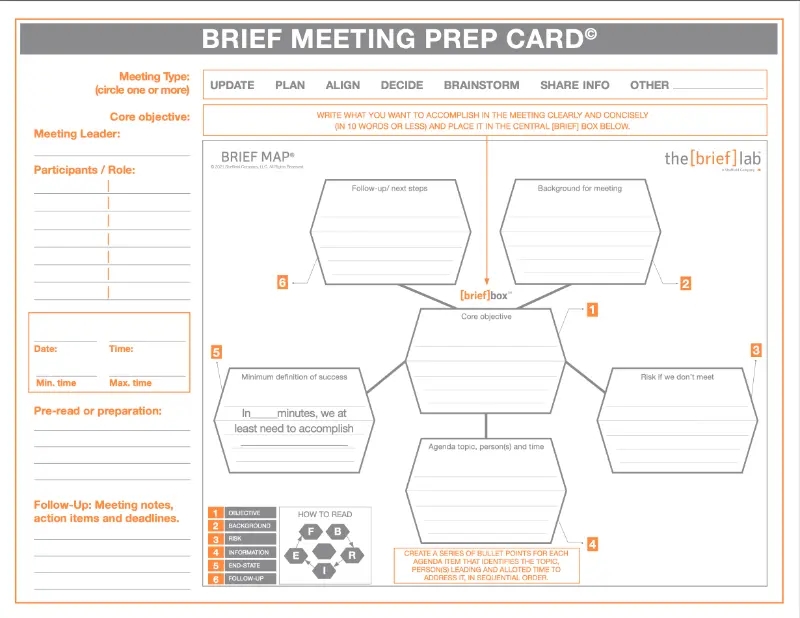[vc_row css=”.vc_custom_1513186645618{background-image: url(https://thebrieflab.com/wp-content/uploads/2017/12/dontGetIt.jpg?id=11496) !important;background-position: center !important;background-repeat: no-repeat !important;background-size: cover !important;}”][vc_column][mk_padding_divider size=”420″][/vc_column][/vc_row][vc_row css=”.vc_custom_1510950050416{padding-top: 67px !important;padding-bottom: 10px !important;}”][vc_column][/vc_column][/vc_row][vc_row][vc_column][vc_column_text]
Confidence ≠ Clarity
Today on the Just Saying podcast, I’m pointing out a problem that confident leaders don’t know they have. In my experience working with CEOs, executives, and military leaders, they tend to believe they’re being very clear, especially when they’re confident that their message is exciting or important. The truth is, no matter how confident they are, they are often not as clear as they would like to believe.
Leaders tend to share certain traits: they may be captivating, passionate, and deeply committed to their ideas. They feel in control when speaking, because they’re typically high achievers with tons of energy and great attention to detail. Of course, above all, leaders often exude confidence.
But when it comes to communication, sometimes that confidence can be misleading. Have you ever watched someone give a speech or presentation, and noticed that they are talking a lot, exuding great energy, and hitting a lot of buzzwords—but you realize you don’t know what the point is? You might think you weren’t paying attention, but in fact, the problem was likely their lack of clarity.
To be heard, we must be clear. That’s why it’s essential to distinguish between confidence and clarity. So whether you’re preparing to go on TV or radio, pitch an idea, ask for a raise, present at a conference, or lead a meeting, don’t let your confidence in the moment mislead you: you must prepare to be clear.
Watch out for these common mistakes that confident leaders make :
1) You assume enthusiasm will translate to clarity :
You’re not as interesting as you think. If you’re giving a presentation and people are nodding, be honest with yourself—they may just be playing along, and to show that they’re paying attention. People are very willing to nod along to be polite, especially if others are doing so. A captive crowd allows leaders to convince themselves that their excitement will be contagious and translate to clarity.
2) You bury the big take away:
It’s easy to feel that the longer you talk, the more the big idea will emerge or dawn on people. Too often, I’ve seen speakers hitting a lot of points, but they’re all forgettable because there’s not a single, unifying idea up front. Always frame your single biggest idea for the audience.
Remember: if there are many things, there’s nothing.
3) You forget to ask for feedback:
When you present your big idea, the wrong time to ask how it went is after. Everyone will tell you it was great, but even if you could get them to be honest, it’s too late! So look for feedback first, not last. Seek out people who want you to succeed, and whom you trust to be honest with you. Ask them to “play back” what they hear when you speak. Get that feedback early. Make sure that what you think you’re communicating is what people really hear.
Make Clarity Your Intention
The last item is the most difficult to put into practice. But as a leader, you can avoid communication pitfalls and be clear if you simply ask. Ask early and often what people are hearing. There’s a moment in all communications when you should pause and ask your listeners honestly: tell me in 10 words or less what you’re hearing me say, or, brief me in 30 seconds on what you just heard. Once you’ve asked for honesty, don’t correct or interrupt your listener. They are your sounding board, and can teach you whether you’ve been clear. Then, you can adjust, and prepare for real clarity. When you look at these confidence-based mistakes, you’ll see that clarity isn’t about hype or energy; rather, it’s about discipline and being intentional in what you say. Clarity requires preparation.[/vc_column_text][/vc_column][/vc_row]

